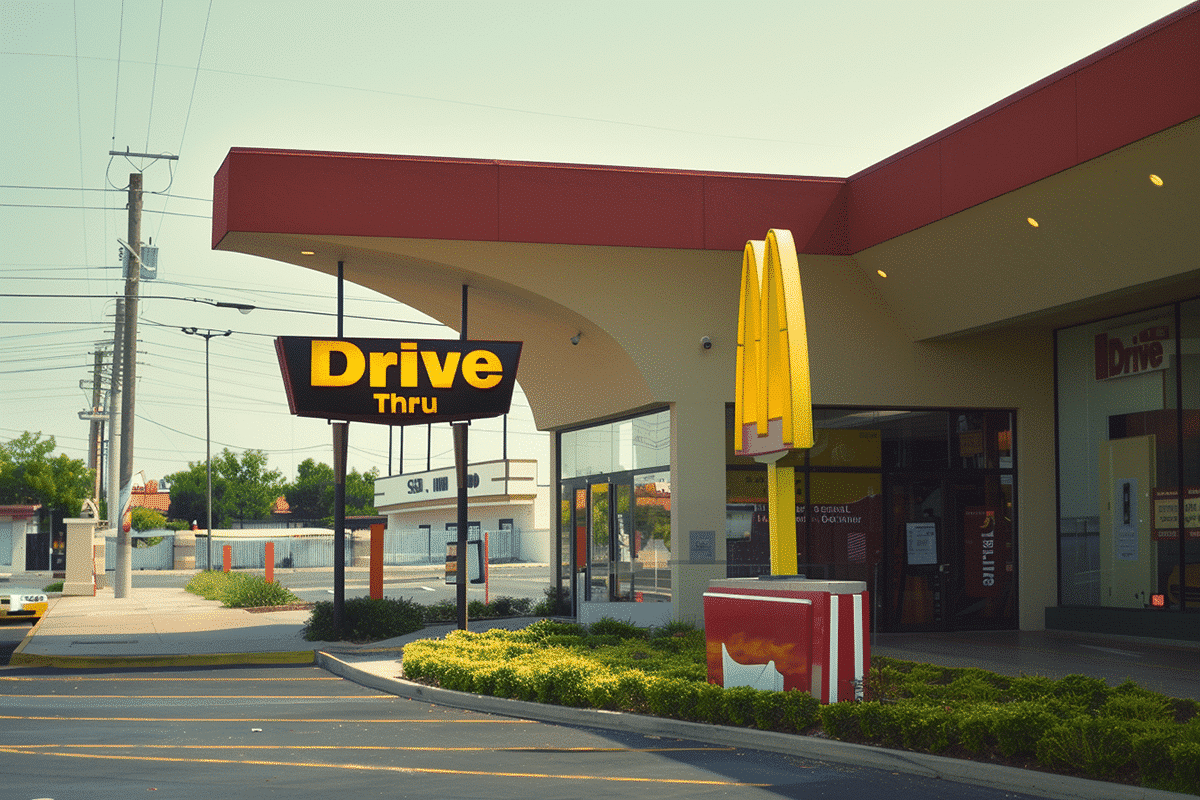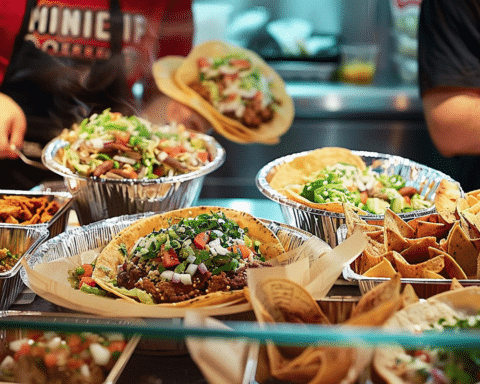McDonald’s, one of the world’s largest fast-food chains, has decided to discontinue its artificial intelligence (AI) ordering technology currently in use at over 100 drive-thru systems across the United States. This decision marks a significant pause in the company’s ambitious plans to integrate AI into its operations, aimed at enhancing efficiency and customer experience.
Developed in partnership with IBM, the AI-driven, voice-automated ordering system was part of McDonald’s “Accelerating the Arches” growth strategy launched in 2021. The technology, known as Automated Order Taking (AOT), was designed to simplify the ordering process and improve accuracy, especially during peak times.
Despite initial optimism surrounding the AI initiative, McDonald’s has announced that it will deactivate the technology in participating test restaurants by July 26, 2024. The move comes amidst reported challenges, including customer complaints about order inaccuracies linked to the AI’s struggles with accent recognition and background noise interference.
McDonald’s, however, remains committed to exploring AI solutions and plans to reassess long-term, scalable options for voice-ordering by the end of this year. The company has assured that its partnership with IBM will continue, though it hinted at potential collaborations with other AI providers in the future.
The decision reflects broader industry trends where fast-food chains are increasingly turning to AI to streamline operations and meet evolving consumer expectations. Wendy’s, for instance, expanded its partnership with Google Cloud to implement its own AI-driven ordering tool last year. Similarly, White Castle experimented with automated drive-thru ordering systems in 2021, highlighting a competitive push towards technological integration in the fast-food sector.
David Henkes, senior principal at Technomic, noted that while AI holds promise for enhancing restaurant efficiency, the technology is still in its early stages. He emphasized that McDonald’s experience underscores both the potential benefits and current limitations of AI in fast-food operations.
Industry experts suggest that challenges faced by McDonald’s, such as AI inaccuracies, are common in the adoption phase of new technologies. Issues like accent recognition and background noise interference have posed hurdles to achieving seamless customer interactions, critical for maintaining service standards and customer satisfaction.
Despite these setbacks, IBM has reaffirmed its commitment to collaborating with McDonald’s on various other projects beyond the AOT initiative. The technology giant highlighted the advanced capabilities of their AOT system but acknowledged the ongoing refinement needed to address operational challenges effectively.
Looking ahead, McDonald’s plans to leverage its learnings from the AI experiment to refine and potentially relaunch improved voice-ordering solutions. The company remains optimistic about the future role of AI in enhancing operational efficiencies and customer experiences across its global restaurant network.
As McDonald’s navigates this temporary setback in its AI journey, industry observers anticipate continued advancements in AI technology that could eventually revolutionize the fast-food industry’s operational landscape. The evolution towards smarter, more automated systems promises to reshape how consumers interact with their favorite fast-food brands, potentially setting new standards for convenience and service excellence.
While McDonald’s decision to halt AI drive-thru ordering marks a pause in its current implementation, it underscores a broader commitment to innovation and customer-centric solutions. As technology continues to evolve, the fast-food giant remains poised to lead in adopting cutting-edge solutions that enhance both operational efficiency and customer satisfaction in the competitive fast-food market.




